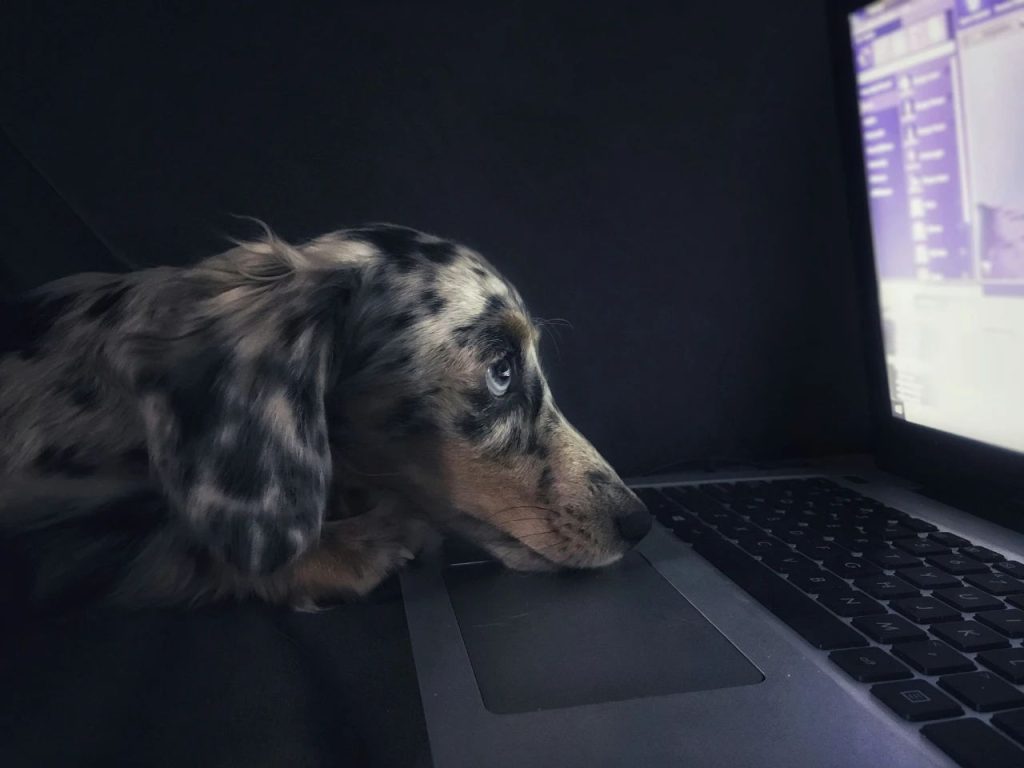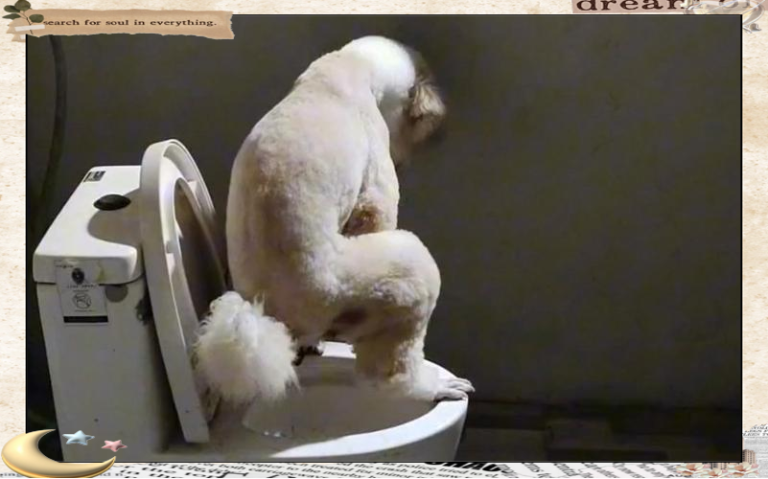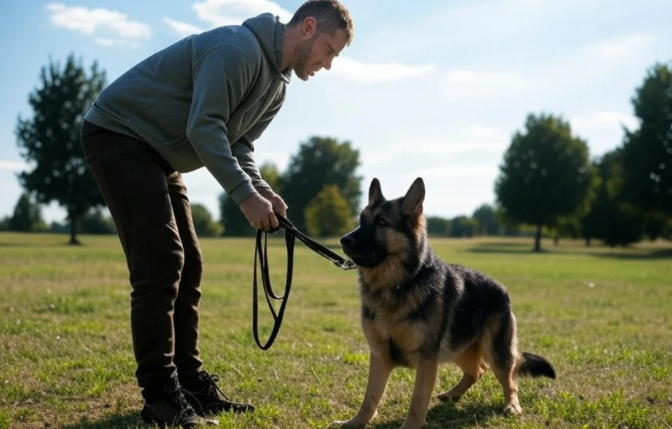Dog Fears: 4 Hidden Killers Hurting Them Daily
Introduction: Dog Fears and Hidden Killers Unveiled
Furry tails and wet noses—dogs always seem to heal our hearts with their innocent charm. But did you know that beneath that playful exterior lies a world of hidden anxieties? These lively little beings possess senses far keener than ours, and everyday occurrences that seem ordinary to us can trigger intense fear in them. In fact, recent animal behavior studies reveal that 68% of pet dogs suffer from undetected anxiety disorders. Dog fears and hidden killers in their environment are real, affecting them at home and on the go.

1. Sensory Overload: When Everyday Noises Become Hidden Killers
A dog’s hearing is 16 times more sensitive than a human’s. What you consider a mundane tool—like a hair dryer—can sound like a rocket-propelled barrage in a dog’s world. With a hearing range reaching up to 67,000 Hz (versus a human’s 20,000 Hz), certain noises become true hidden killers of a dog’s peace of mind. Consider these examples:
- Fireworks: At 120 decibels, they’re as loud as a jet engine taking off.
- Thunderstorms: Reaching 110 decibels, comparable to a chainsaw in operation.
- Household Appliances: A vacuum cleaner at 85 decibels can mimic the roar of a busy city street.
Emergency Tip: Before these sounds hit, give your dog a 30‑minute heads-up by creating a “safe zone” using noise-cancelling earmuffs and a pheromone diffuser, along with an anti-anxiety playlist (we recommend the “Through A Dog’s Ear” series). These proactive steps help ease dog fears triggered by these hidden killers.
2. Separation Anxiety: The 100-Minute Abandonment Crisis

Dogs are naturally social animals, and the idea of being left alone terrifies them. According to recent pet camera data, if an owner is gone for more than 1 hour and 40 minutes, 89% of dogs start exhibiting stress behaviors:
- First 30 minutes: Constant whining and pacing in circles.
- Around 60 minutes: Frantic chewing on door frames (averaging damage of 2.5 kg per hour).
- By 90 minutes: Loss of control leading to accidents and self-injurious paw licking.
To combat these dog fears of abandonment, behaviorists suggest a “20-50-20” separation training method. This involves simulating departures three times daily—starting at 20 seconds and gradually extending to 50 minutes—with immediate rewards of interactive play (about 20 minutes) upon your return. Such gradual desensitization helps diminish the intensity of these hidden killers of your dog’s emotional stability.
3. Vet Visits: When the Clinic Becomes a Nightmare

For many dogs, a visit to the vet is akin to entering a “haunted house.” The sight of syringes, white lab coats, and cold examination tables triggers deep-seated dog fears. Cambridge University Animal Psychology Lab found that dogs can remember the metallic smell of exam tables for up to 7 years. Shockingly, 83% of their medical anxiety stems from “emotional contagion” in the waiting room—when a dog picks up fear pheromones from another, its stress hormone levels can spike by 300%.
Desensitization Tips:
- Schedule a “Happy Clinic Day” once a month, where the visit only involves weighing your dog and providing premium treats as rewards.
- Give a tryptophan supplement about 2 hours before the appointment.
- Bring along a coral fleece blanket imbued with your scent to comfort your pet.
These steps help counteract the hidden killers of anxiety in a clinical setting and ease overall dog fears associated with vet visits.
4. Misguided Discipline: The Hidden Killer Lurking in Harsh Reactions
[IMAGE PLACEHOLDER: A dog cowering from an angry owner]
Perhaps the most damaging of all are the well-intentioned yet misguided disciplinary actions by pet owners. Many believe that strict reprimands will instill discipline, but in reality, a raised hand or a harsh shout sends a clear message of threat—not correction—to your dog. This sudden, intense stress can lead to:
✅ Hippocampal atrophy (memory impairment)
✅ A steep drop in serotonin levels (leading to depression)
✅ A 47% increase in defensive aggression
Golden Rules for Positive Training:
- Instead of yelling, use a gentle “uh-oh” when mistakes occur.
- Replace physical punishment with toy distractions.
- Establish a “calm-reward” reflex immediately after the incident.
Such positive methods help rebuild trust and mitigate dog fears, ensuring that hidden killers like harsh discipline are removed from your pet’s environment.
5. Rebuilding Confidence: 5 Miracle Moments for Safety and Trust
[IMAGE PLACEHOLDER: A series of images showing a dog’s transformation from fearful to confident]
To transform fear into trust, consider implementing these five strategies:
- On stormy nights, use a weighted blanket to perform the “SWADDLE Hug Technique.”
- On New Year’s Eve, set up a “cave-like safe haven” where your dog can retreat.
- During vet visits, maintain eye contact and use a soft, reassuring tone.
- Immediately (within 15 seconds) guide correct behavior with treats after a misstep.
- Practice “Courage Challenges” three times daily, gradually increasing the difficulty.
When we learn to view the world through a dog’s sensory lens, the trembling and hiding become messages—a Morse code of dog fears that we must decode. Remember, every dog is a little angel equipped with top-of-the-line sensors, and they need not be conquered by a harsh hand but understood by a gentle, wise one. True love begins with understanding those invisible hidden killers that cause dog fears.
Conclusion: Embrace Understanding to Overcome Dog Fears
By recognizing and addressing these common hidden killers, you can help your pet overcome its fears and live a more confident, stress-free life. Whether it’s the overwhelming noise of fireworks, the agony of separation, the dread of vet visits, or the damage caused by harsh discipline, understanding and compassion are key. Let’s transform our approach—removing these hidden killers from our pets’ lives, easing dog fears from beginning to end.






